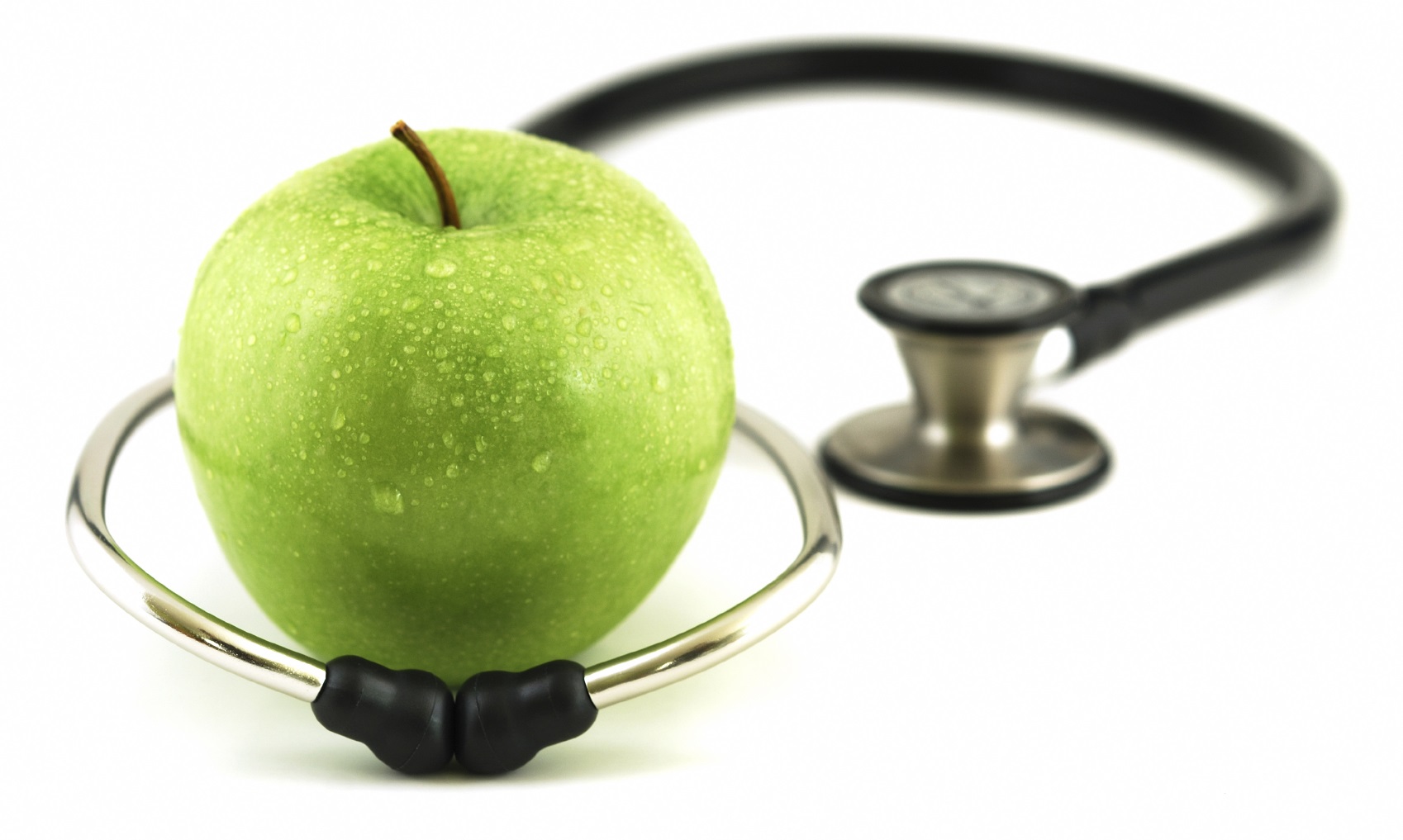- Shepard D, Setren E, Cooper D. Hunger in America, Suffering We All Pay For Center for American Progress; 2011.
- Coleman-Jensen A, Rabbitt M, Gregory C, Singh A. Household Food Security in the United States in 2014, ERR-194: U.S. Department of Agriculture, Economic Research Service; September 2015.
- Zhang J, Yu KF. What’s the relative risk? A method of correcting the odds ratio in cohort studies of common outcomes. JAMA 1998;280(19):1690-1.
- Hennekens C, Buring J. Epidemiology in Medicine. Boston/Toronto: Little Brown & Company; 1987.
- O’Hara B, Caswell K. Health Status, Health Insurance, and Medical Services Utilization: 2010: US Census Bureau; July 2013.
- Hamilton W, Cook J, Thompson W, Buron L, Frongillo Jr E, Olson C, et al. Household Food Security in the United States in 1995: Summary Report of the Food Security Measurement Project. In. Alexandria, VA; 1997.
- Maslow A. A theory of human motivation. Psychological Review 1943; 50:26.
- Bourre JM. Effects of nutrients (in food) on the structure and function of the nervous system: update on dietary requirements for brain. Part 1: micronutrients. J Nutr Health Aging 2006; 10(5):377-85.
- Rice D, Barone S. Critical periods of vulnerability for the developing nervous system: evidence from humans and animal models. Environ Health Perspect 2000;108 Suppl 3:511-33.
- Shonkoff J, Phillips D. From Neurons to Neighborhoods: The Science of Early Childhood Development.; Available from: http://www.nap.edu/openbook.php?record_id=9824&page=R1
- Coleman-Jensen A, Gregory C, Singh A. Household Food Security in the United States in 2013: Statistical Supplement: U.S. Department of Agriculture, Economic Research Service 2014.
- Grossman J, Mackenzie FJ. The randomized controlled trial: gold standard, or merely standard? Perspect Biol Med 2005;48(4):516-34.
- Tarasuk V, Cheng J, de Oliveira C, Dachner N, Gundersen C, Kurdyak P. Association between household food insecurity and annual health care costs. CMAJ 2015.
- Brown J, Shepard D, Martin T, Orwat J. The Economic Cost of Domestic Hunger; Estimated Annual Burden to the United States: An analysis commissioned by The Sodexho Foundation, in partnership with The Public Welfare Foundation and Spunk Fund, Inc 2007.
- Kosanovich K, Sherman E. Trends in Long-term Unemployment: US Bureau of Labor Statistics; 2015.
- US Bureau of Labor Statistics. Available from: http://data.bls.gov.
- Economic Report of the President. 2015: US Government Publishing Office.
- Nord M, Prell M. Food Security Improved Following the 2009 ARRA Increase in SNAP Benefits: U.S. Department of Agriculture, Economic Research Service; 2011.
- Cook JT, Frank DA, Berkowitz C, Black MM, Casey PH, Cutts DB, et al. Food Insecurity is associated with adverse health outcomes among human infants and toddlers. The Journal of Nutrition 2004; 134(6):1432-1438.
- Rose-Jacobs R, Black MM, Casey PH, Cook JT, Cutts DB, Chilton M, et al. Household Food Insecurity: Associations with at-risk infant and toddler development. Pediatrics 2008;121(1):65-72.
- Cook JT, Black M, Chilton M, Cutts D, Ettinger de Cuba S, Heeren TC, et al. Are food insecurity’s health impacts underestimated in the U.S. population? Marginal food security also predicts adverse health outcomes in young U.S. children and mothers. Adv Nutr 2013; 4(1):51-61.
- Skalicky A, Meyers AF, Adams WG, Yang Z, Cook JT, Frank DA. Child food insecurity and iron deficiency anemia in low-income infants and toddlers in the United States. Maternal and Child Health Journal 2006; 10(2):177-185.
- Black MM, Quigg AM, Cook J, Casey PH, Cutts DB, Chilton M, et al. WIC participation and attenuation of stress-related child health risks of household food insecurity and caregiver depressive symptoms. Arch Pediatr Adolesc Med 2012; 166(5):444-51.
- Leung CW, Epel ES, Willett WC, Rimm EB, Laraia BA. Household food insecurity is positively associated with depression among low-income supplemental nutrition assistance program participants and income-eligible nonparticipants.
- J Nutr 2015;145(3):622-7. 25. Ma CT, Gee L, Kushel MB. Associations between housing instability and food insecurity with health care access in low-income children. Ambul Pediatr 2008; 8(1):50-7.
- Park CY, Eicher-Miller HA. Iron deficiency is associated with food insecurity in pregnant females in the United States: National Health and Nutrition Examination Survey 1999-2010. J Acad Nutr Diet 2014; 114(12):1967-73.
- Parks CG, D’Aloisio AA, DeRoo LA, Huiber K, Rider LG, Miller FW, et al. Childhood socioeconomic factors and perinatal characteristics influence development of rheumatoid arthritis in adulthood. Ann Rheum Dis 2013; 72(3):350-6.
- Tayie FA, Zizza CA. Food insecurity and dyslipidemia among adults in the United States. Prev Med 2009; 48(5):480-5.
- Seligman HK, Bindman AB, Vittinghoff E, Kanaya AM, Kushel MB. Food insecurity is associated with diabetes mellitus: results from the National Health Examination and Nutrition Examination Survey (NHANES) 1999- 2002. J Gen Intern Med 2007; 22(7):1018-23.
- Berkowitz SA, Gao X, Tucker KL. Food-insecure dietary patterns are associated with poor longitudinal glycemic control in diabetes: results from the Boston Puerto Rican Health study. Diabetes Care 2014;37(9):2587-92.
- Beydoun MA, Wang Y. Pathways linking socioeconomic status to obesity through depression and lifestyle factors among young US adults. J Affect Disord 2010;123(1-3):52-63.
- Carmichael SL, Yang W, Herring A, Abrams B, Shaw GM. Maternal food insecurity is associated with increased risk of certain birth defects. J Nutr 2007;137(9):2087-92.
- Chi DL, Masterson EE, Carle AC, Mancl LA, Coldwell SE. Socioeconomic status, food security, and dental caries in US children: mediation analyses of data from the National Health and Nutrition Examination Survey, 2007-2008. Am J Public Health 2014; 104(5):860-4.
- Fitzgerald N, Hromi-Fiedler A, Segura-Pérez S, Pérez-Escamilla R. Food insecurity is related to increased risk of type 2 diabetes among Latinas. Ethn Dis 2011; 21(3):328-34.
- Whitaker RC, Phillips SM, Orzol SM. Food insecurity and the risks of depression and anxiety in mothers and behavior problems in their preschool-aged children. Pediatrics 2006; 118(3):e859-e868.
- Laraia BA, Siega-Riz AM, Gundersen C. Household food insecurity is associated with self-reported pregravid weight status, gestational weight gain, and pregnancy complications. J Am Diet Assoc. 2010; 110(5):692-701.
- Berkowitz SA, Baggett TP, Wexler DJ, Huskey KW, Wee CC. Food insecurity and metabolic control among U.S. adults with diabetes. Diabetes Care 2013; 36(10):3093-9.

